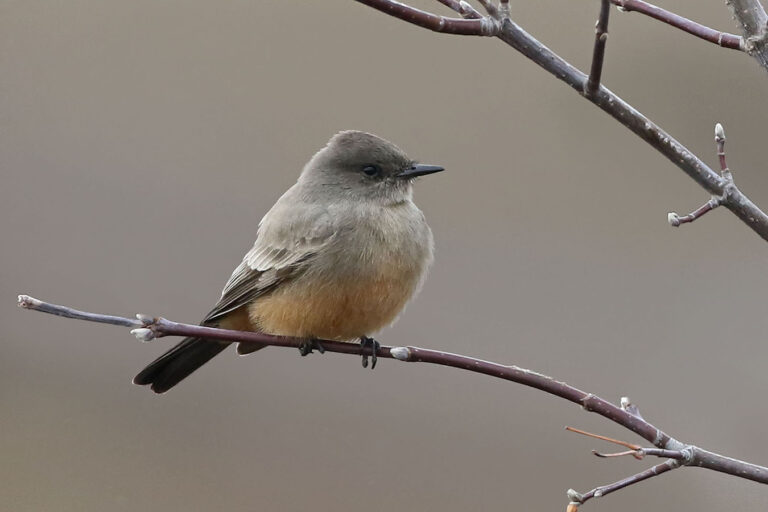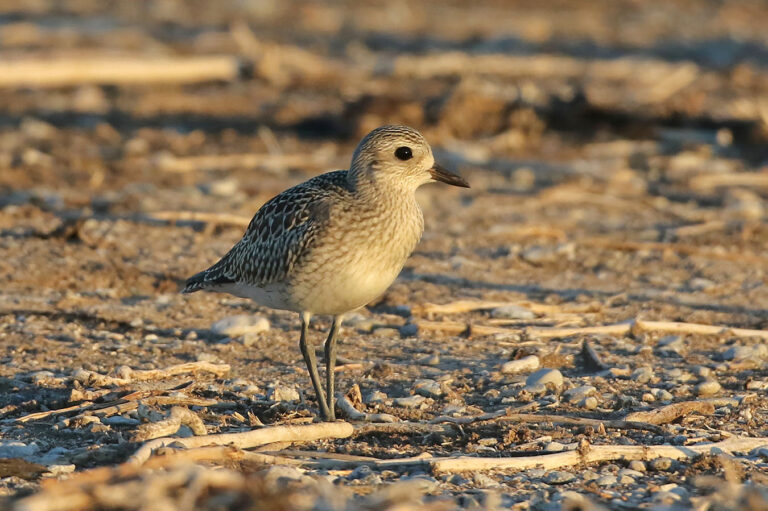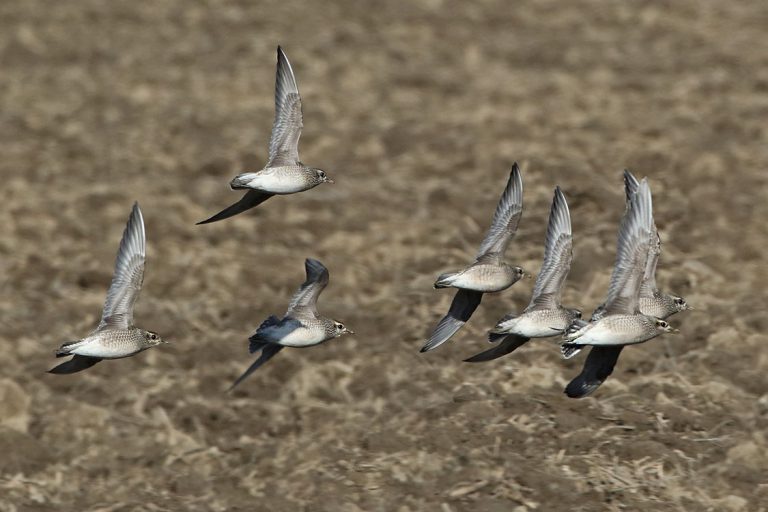Oct 28 2022
winter plummage
Merrickville - An invasion of Cattle Egrets has brought well over 100 into southern Quebec and Ontario. One Quebec location briefly had over 50 birds. This is my second sighting in October with this bird being far more photogenic than the previously shown individual. As is usually the case, the egret was hanging around farm animals, on this occasion a pair of horses, and wandered as close as 10 metres from me at times.
Nov 1 2022

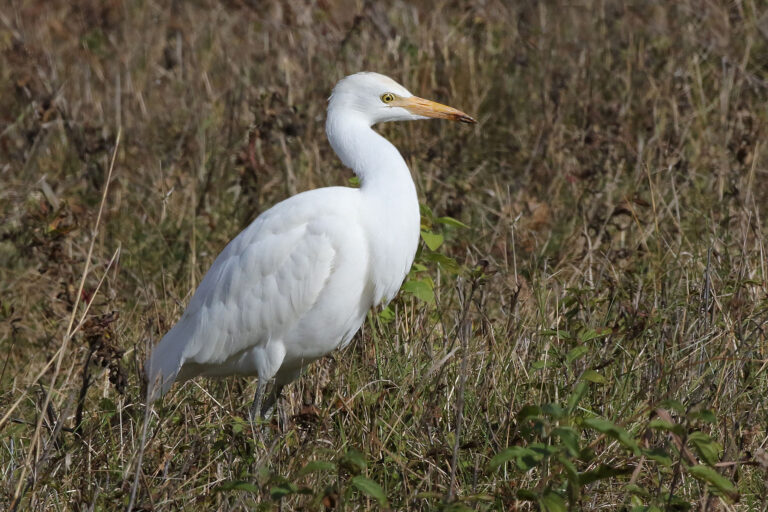
 Canada (Ontario)
Canada (Ontario)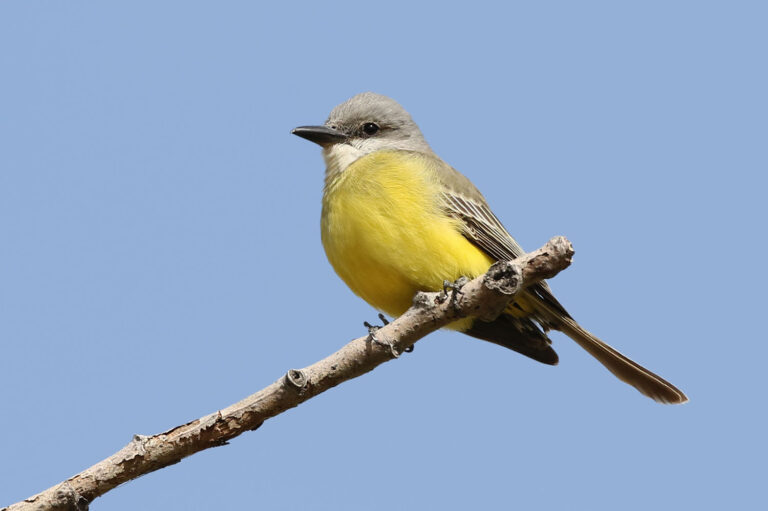

 India
India
